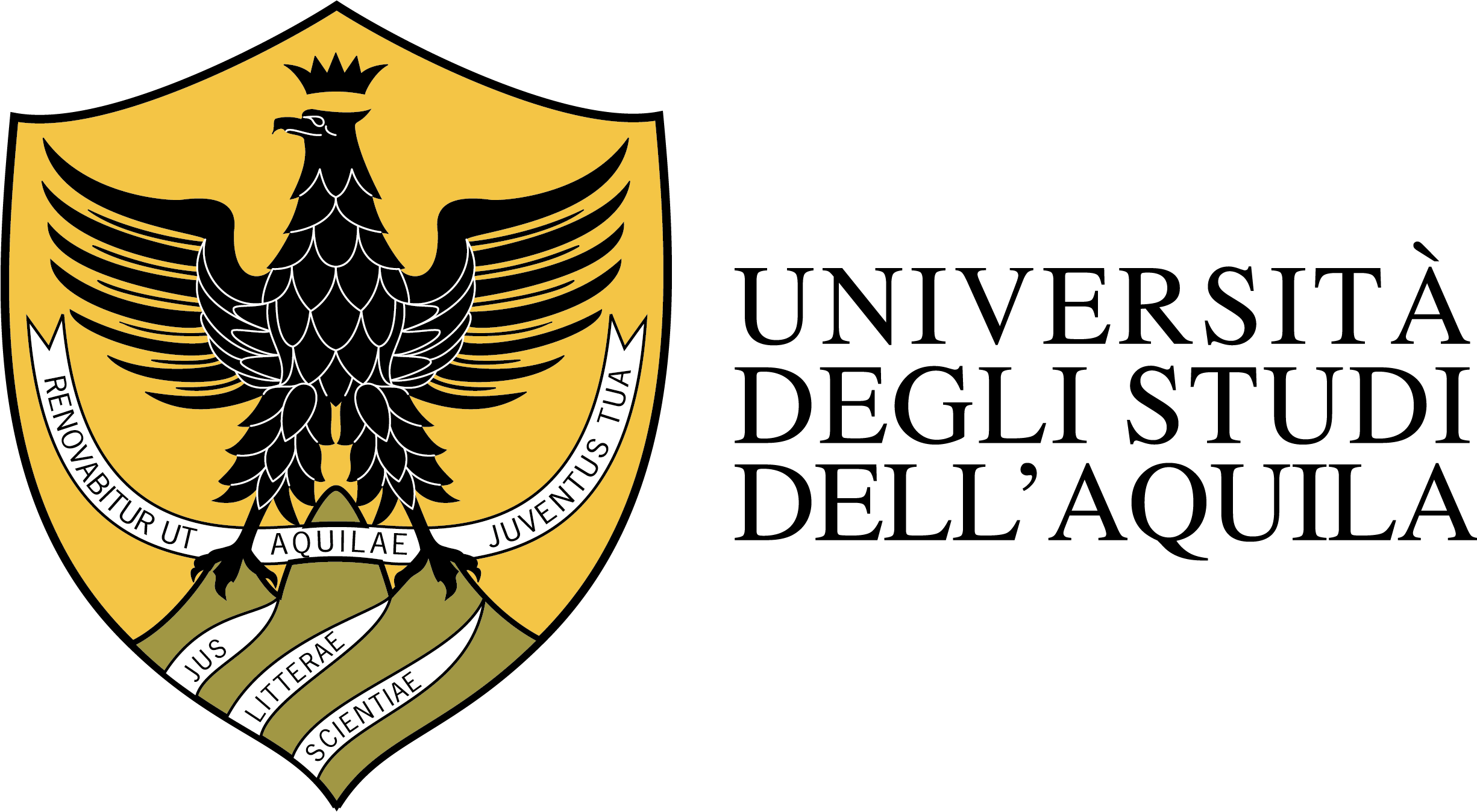RF design for Internet of Things(Progettazione elettromagnetica per IoT)
Denominazione del corso: RF design for Internet of Things(Progettazione elettromagnetica per IoT)Corso di studi: I4T - Laurea magistrale in Ingegneria delle Telecomunicazioni
Quadrimestre/Semestre: 1°
Anno: 2°
Numero di moduli: 1
Crediti: 9
Ore: 90
Tipologia: B - Attività caratterizzanti
Struttura: monodisciplinare
Settore Scientifico Disciplinare: ING-INF/02 (Campi Elettromagnetici)
Docente: Piero Tognolatti (90 ore). Titolo copertura: Prof. ordinario
Orario di ricevimento:
I Semestre A.A. 2023-2024:
- Lunedì dalle 12:30 alle 13:30, presso edificio Felix (via Gronchi, 18).
- Giovedì dalle 14:30 alle 15:30, presso edificio Felix (via Gronchi, 18).
Programma sintetico del corso:
The course deals with the electromagnetic design of structures of interest in telecommunications and in other applications of electromagnetism. In the first part, the tools for designing microwave junctions with assigned frequency behavior are learned. In the second part we study methods for the synthesis of high performance antennas and open antennas. At the end of the course the student will be able to: - design filters and microwave impedance transformers, both by analytical and numerical techniques; - design special microwave junctions (transitions, discontinuities, couplers, etc.); - synthesize radiation pattern for antenna array ; - use software packages for the analysis and optimization of electromagnetic structures.
 Verifica la presenza di materiale didattico sul sito ELearning@AQ
Verifica la presenza di materiale didattico sul sito ELearning@AQ


